#rudolf c
Explore tagged Tumblr posts
Text


I can't escape myself So many times I've lied But there's still rage inside Somebody get me through this nightmare I can't control myself
#rudolf as a boss in lies of p !!! c:#oc: rudolf#ts4#the sims 4#simblr#ts4 edit#ts4 cas#lies of p oc
197 notes
·
View notes
Text

legs
#😂😂😂😂#he always poses in such a#like#why are you serving c*nt so hard king#JALPSÖAF8LR0DPGÖG#kronprinz rudolf#history
10 notes
·
View notes
Text


absalom caught by his hair, hanging from a tree
"Now Absalom happened to meet David’s men. He was riding his mule, and as the mule went under the thick branches of a large oak, Absalom’s hair got caught in the tree. He was left hanging in midair, while the mule he was riding kept on going." - 2 Samuel 18:9 (NIV)
illustration from a manuscript copy of the weltchronik by rudolf von ems, zurich, early 14th c.
source: St. Gallen, Kantonsbibl., VadSlg Ms. 302, fol. 186v
2K notes
·
View notes
Text
Natasha Rambova's designs for Camille (1921)
A bonus of the Warner Archive blu-ray of Camille is the celebrated 1921 version directed by by Ray C. Smallwood, a lesbian-lead project (Nazimova starred and produced, June Mathis wrote it, Natasha Rambova designed the production). The sets and costumes, a combination of art nouveau and arts and crafts design, is very striking, as indeed is Nazimova’s startling performance. Valentino plays…

View On WordPress
1 note
·
View note
Text

Landscape with a Bathing Woman - Rudolf Riemerschmid - c.1910s - via Sotheby's
453 notes
·
View notes
Text
Early 18th (and late 17th) century fashions are so under-utilized in vampire media and I think it's a damn shame.
I don't actually think I've ever seen a single image of a vampire character in an early 18th century suit. Hardly any movies set in that era either, and hardly any historical costumers who do it. (Even my beloved gay pirate show set in 1717 takes nearly all of its 18th century looks from the second half of the century. Not enough appreciation for baroque fashion!!)
Yes I love late 18th century fashion as much as anyone, and 19th century formal suits are all very well and good, but if you want something that says old, dead, wealthy, and slightly dishevelled, then the 1690's-1730's are where it's at.
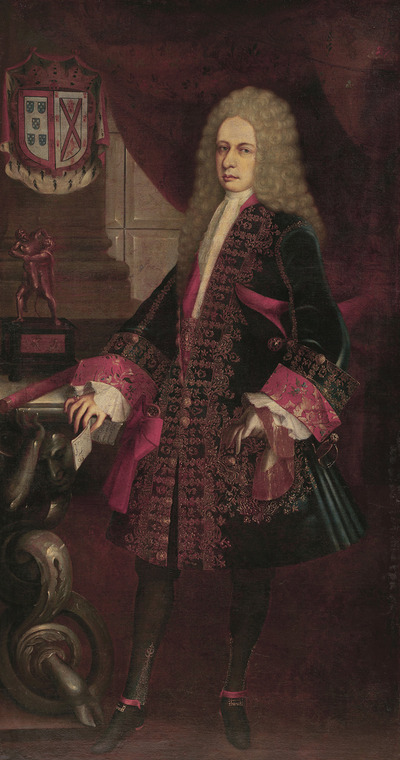
(Retrato del Virrey Alencastre Noroña y Silva, Duque de Linares, ca. 1711-1723.)
There was so much dark velvet, and so many little metallic buttons & buttonholes. Blood red linings were VERY fashionable in this era, no matter what the colour of the rest of the suit was.
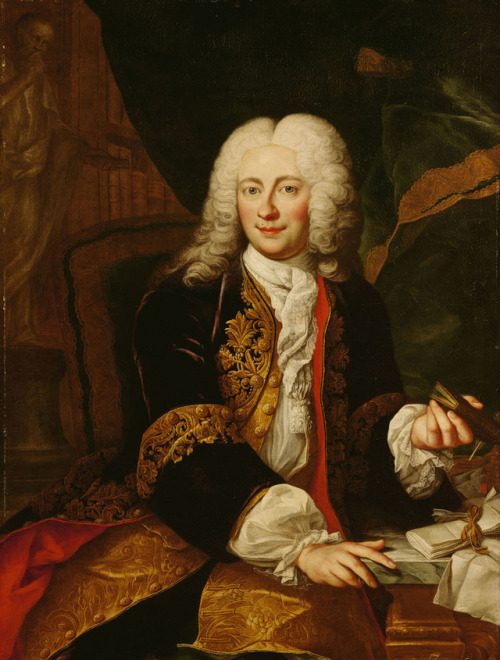
(Johann Christoph Freiherr von Bartenstein by Martin van Meytens the Younger, 1730's.)
The slits on the front of the shirts are super low, they button only at the collar, and it's fashionable to leave most of the waistcoat unbuttoned so the shirt sticks out, as seen in the above portraits.
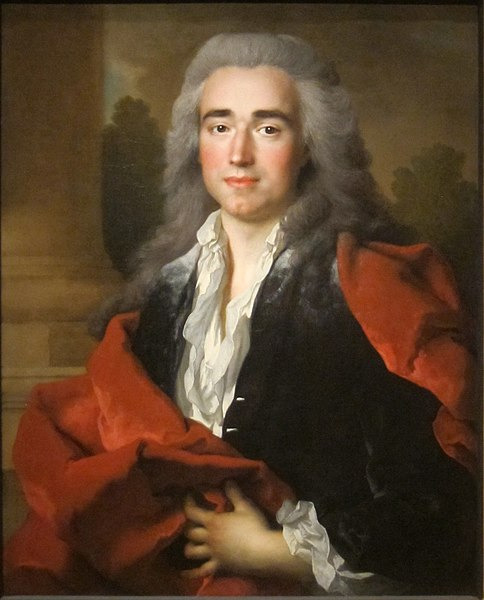
(Portrait of Anne Louis Goislard de Montsabert, Comte de Richbourg-le-Toureil, 1734.)
Waistcoats are very long, coats are very full, and the cuffs are huge. But the sleeves are on the shorter side to show off more of that shirt, and the ruffles if it has them! Creepy undead hands with long nails would sit so nicely under those ruffles.
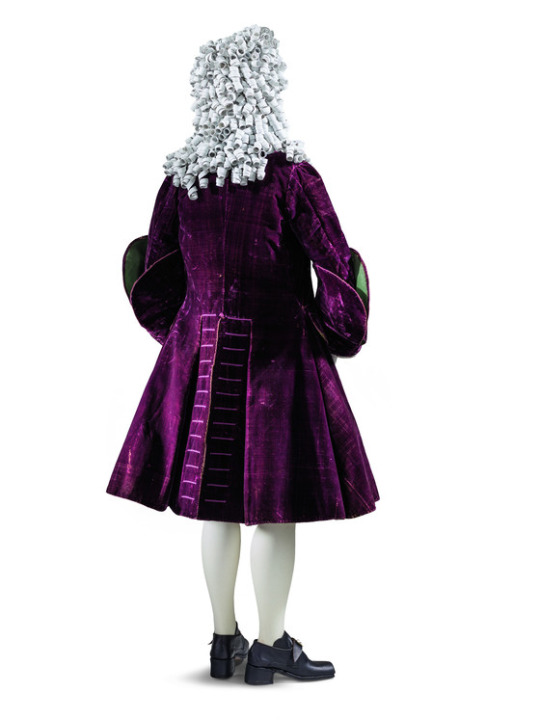
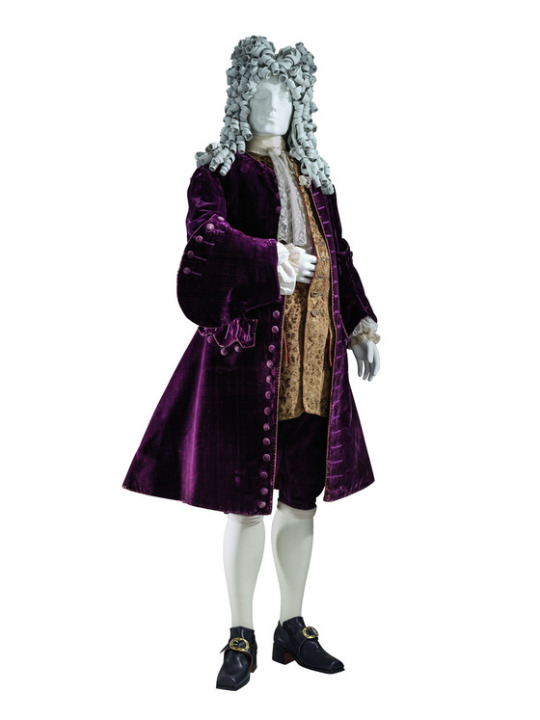
(1720's-30's, LACMA)
Embroidery designs are huge and chunky and often full of metallic threads, and the brocade designs even bigger.
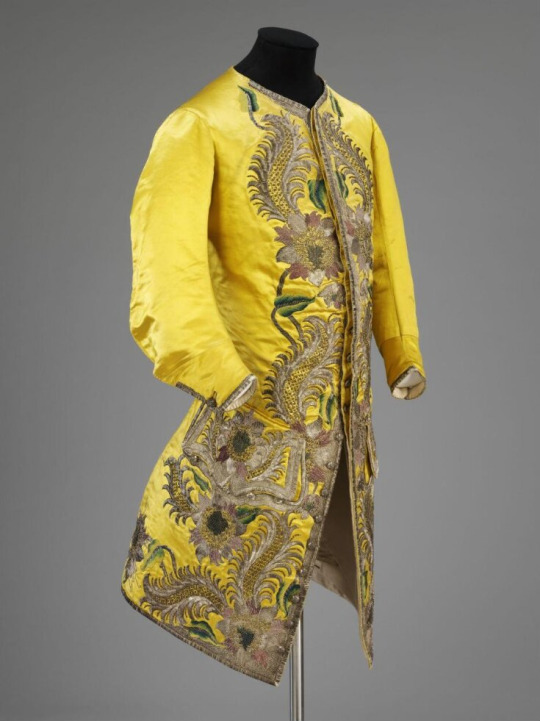
(1730's, V&A, metal and silk embroidery on silk satin.)
Sometimes they did this fun thing where the coat would have contrasting cuffs made from the same fabric as the waistcoat.
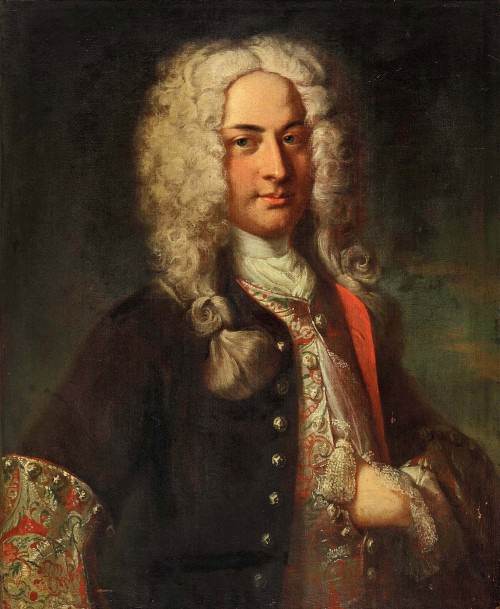
(Niklaus Sigmund Steiger by Johann Rudolf Huber, 1724.)
Tell me this look isn't positively made for vampires!
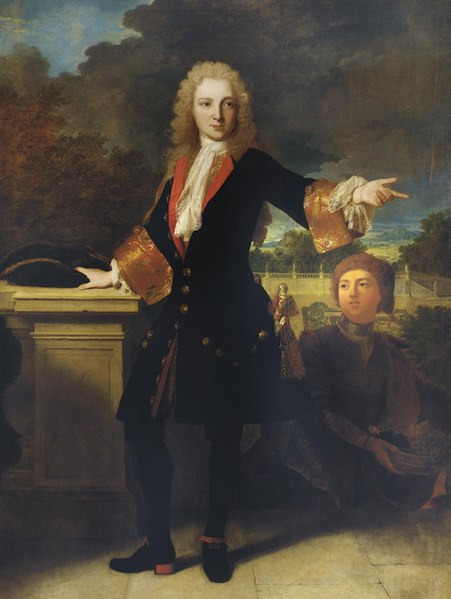
(Portrait of Jean-Baptiste de Roll-Montpellier, 1713.)
(Yeah I am cherry-picking mostly red and black examples for this post, and there are plenty of non-vampire-y looking images from this time, but you get the idea!)
And the wrappers (at-home robes) were also cut very large, and, if you could afford it, made with incredible brocades.
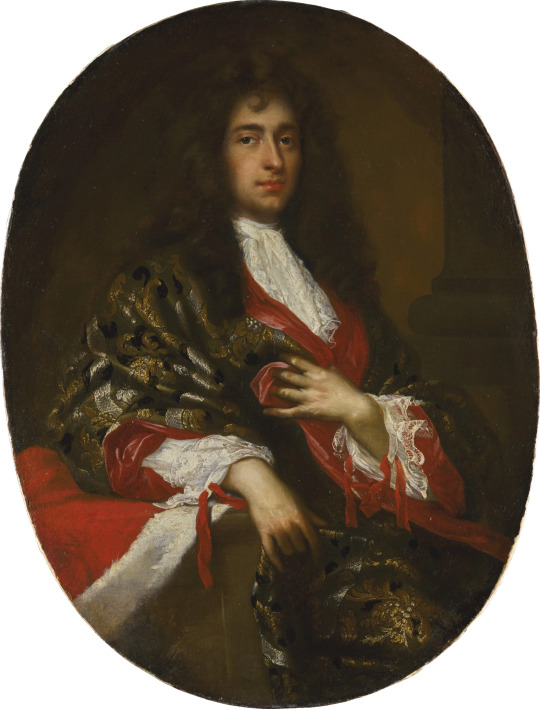
(Portrait of a nobleman by Giovanni Maria delle Piane, no date given but I'd guess maybe 1680's or 90's.)
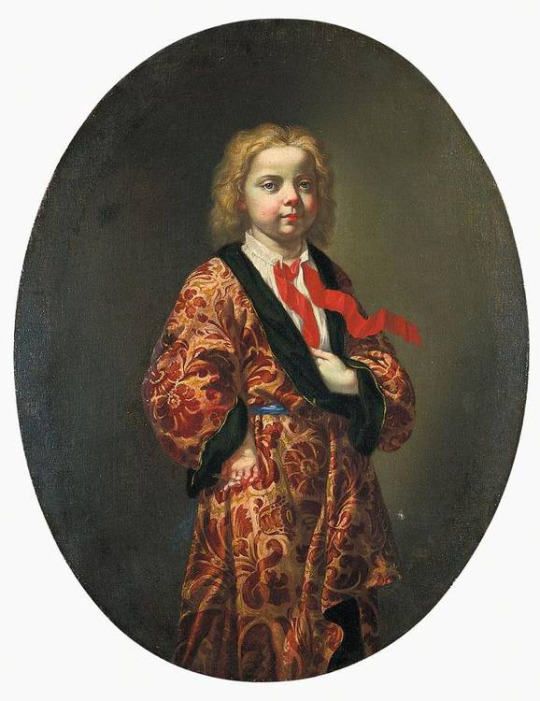
(Circle of Giovanni Maria delle Piane, no date given but I'd guess very late 17th or very early 18th century.)
Now that looks like a child who's been stuck at the same age for a hundred years if I ever saw one!
I don't know as much about the women's fashion from this era, but they had many equally large and elabourate things.
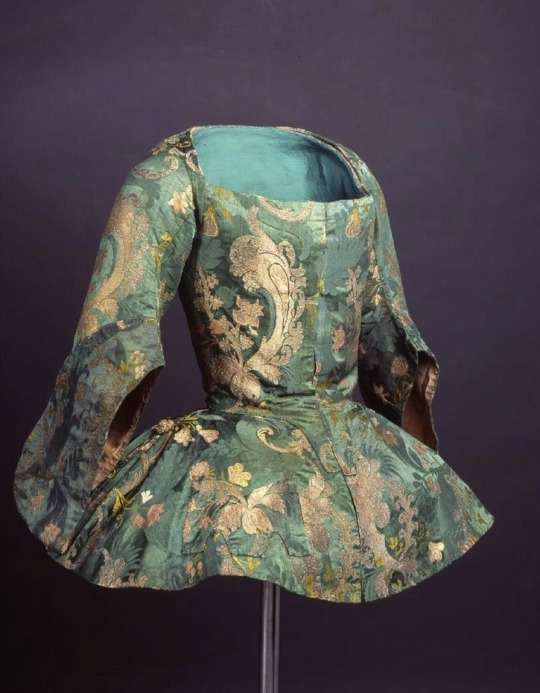
(1730's, Museo del Traje.)
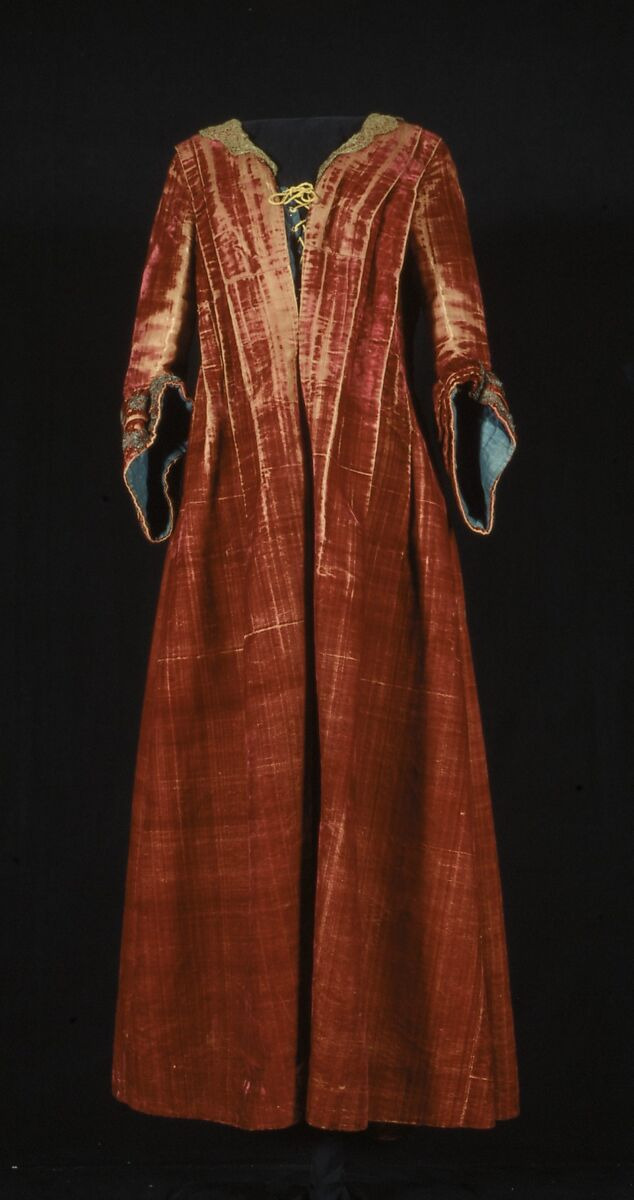
(Don't believe The Met's shitty dating, this is a robe volante from probably the 1720's.)
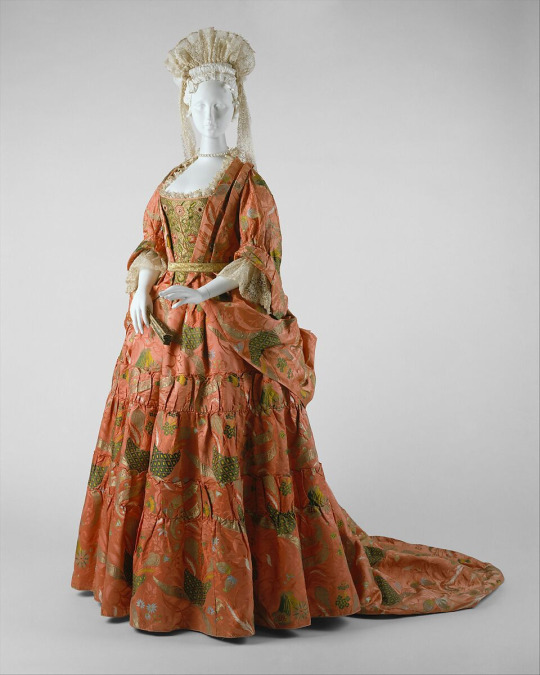
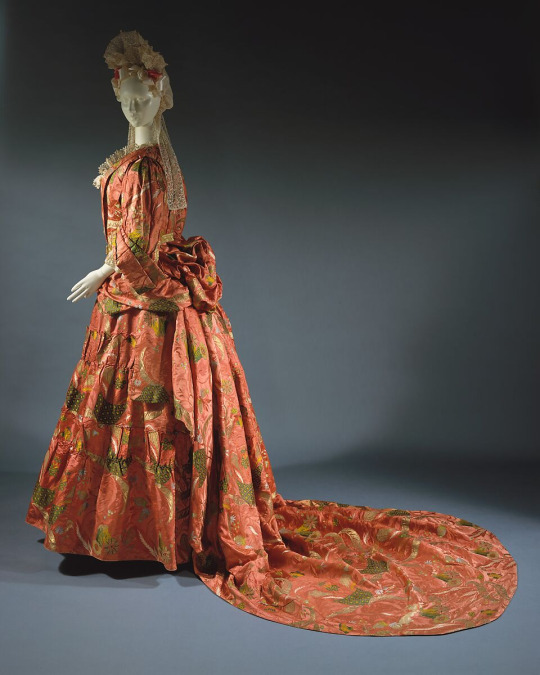
(Mantua, c. 1708, The Met. No idea why they had to be that specific when they get other things wrong by entire decades but ok.)
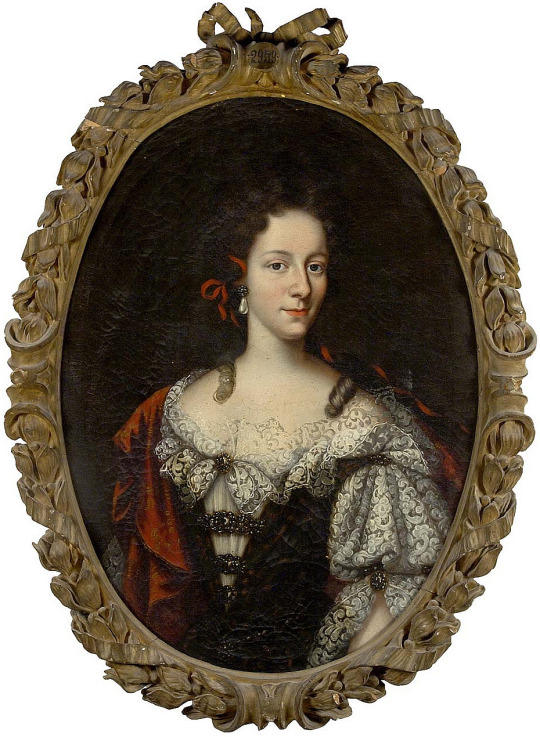
(Portrait of Duchess Colavit Piccolomini, 1690's.)
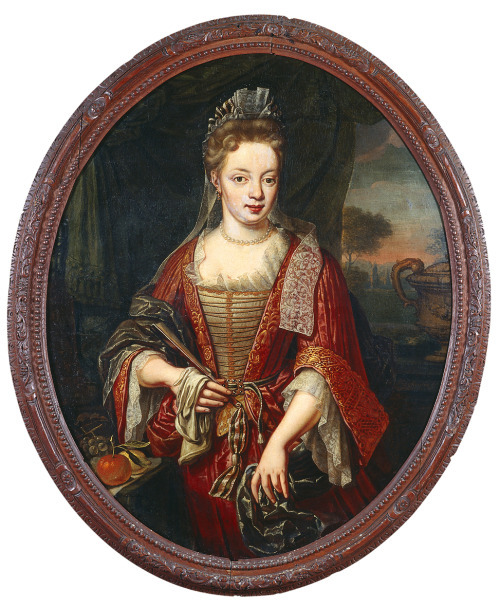
(Maria van Buttinga-van Berghuys by Hermannus Collenius, 1717.)
Sometimes they also had these cute little devil horn hair curls that came down on either side of the forehead.
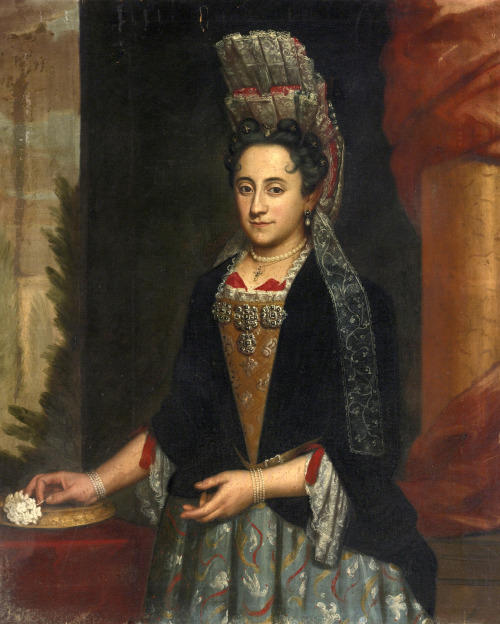
(Viago in drag Portrait of a lady, Italian School, c. 1690.)
Enough suave Victorian vampires, I want to see Baroque ones! With huge wigs and brocade coat cuffs so big they go past the elbow!
#long post#vampires#fashion#history#18th century#17th century#someday. SOMEDAY I will make a black/red/dark orange/metallic gold 1720's suit#I've got nearly all the materials I just need to:#1. Learn how to make early 18th century metallic thread buttons‚ preferably without having to buy the super expensive kind of thread#2. get a wig and style it appropriately
3K notes
·
View notes
Text
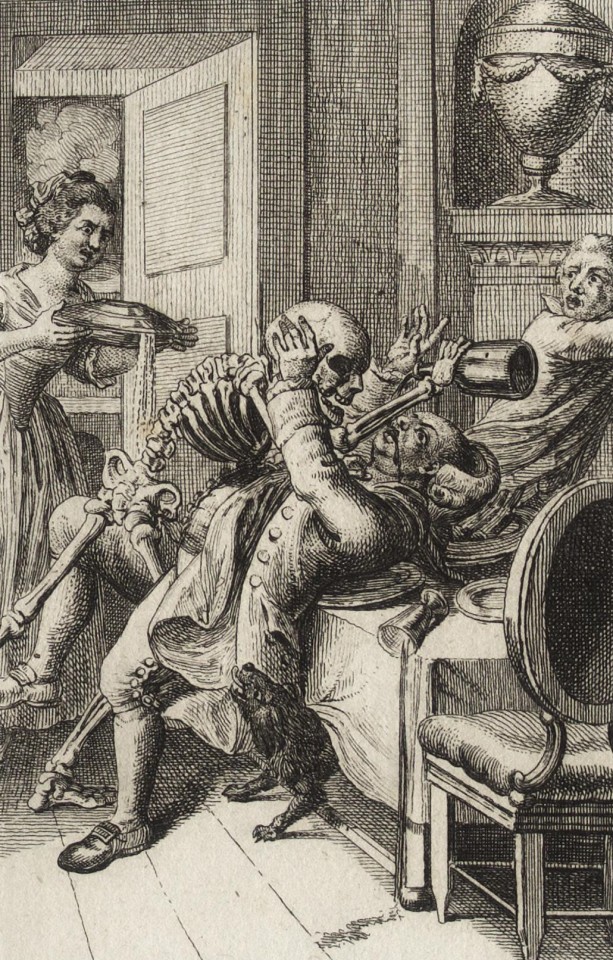
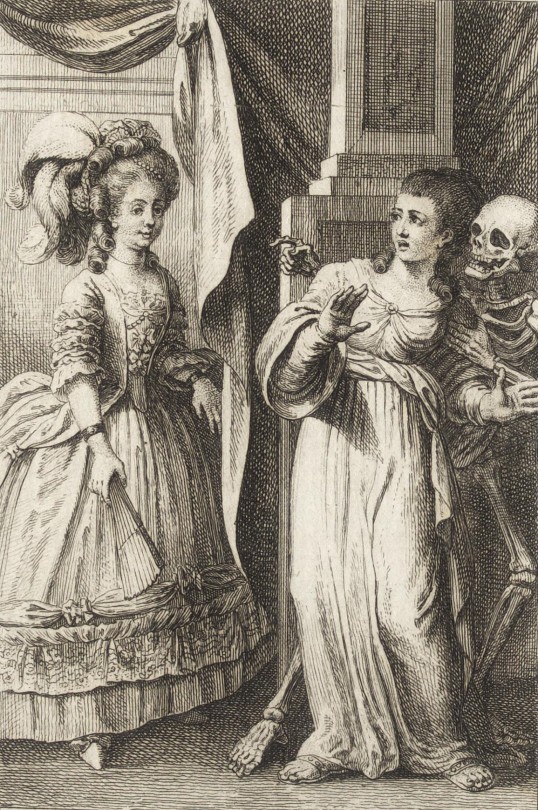
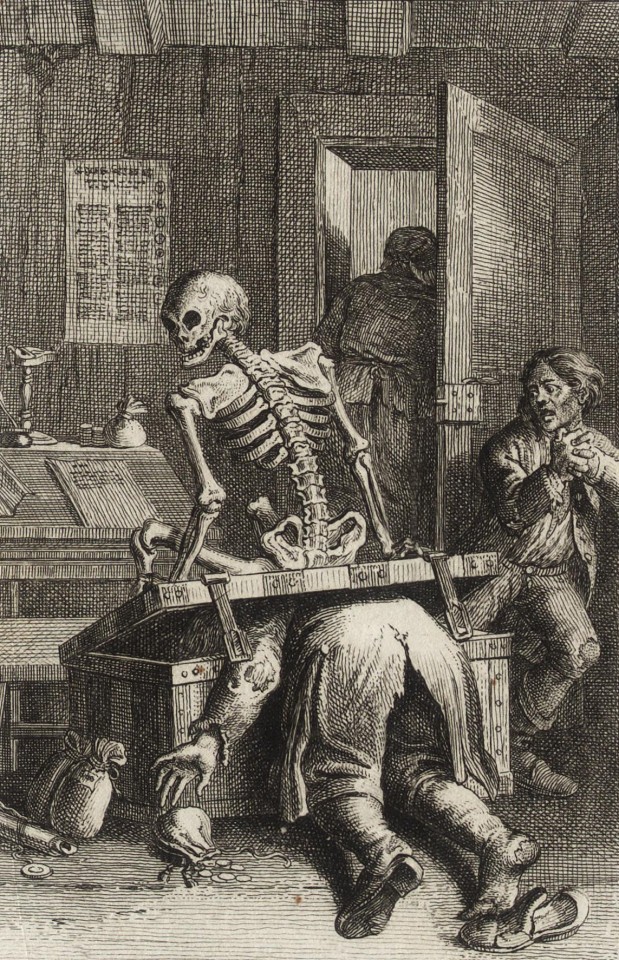

Ein Totentanz (c. 1718 / Radierung) - Johann Rudolf Schellenberg
349 notes
·
View notes
Text

Evelyn Nesbit with Chrysanthemums
by Rudolf Eickemeyer Jr., c. 1901
#evelyn nesbit#actress#silent era#1901#1900s#rudolf eickemeyer jr.#art#pictorialism#portrait photography#photography
132 notes
·
View notes
Text

by Rudolf Koppitz ° Am Weissensee, Carinthia, c.1930
Solo Fotos/Only Photos
90 notes
·
View notes
Text

untitled (c-red) by rudolf stingel, 1995, red rubber mat, 33.5 × 24.5 × 3 centimeters
366 notes
·
View notes
Text

Rudolf Koppitz (1884 - 1936)
Liane Haid, Weissensee, c. 1930
59 notes
·
View notes
Text

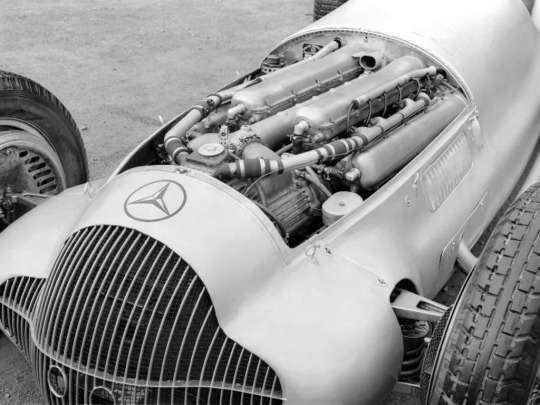
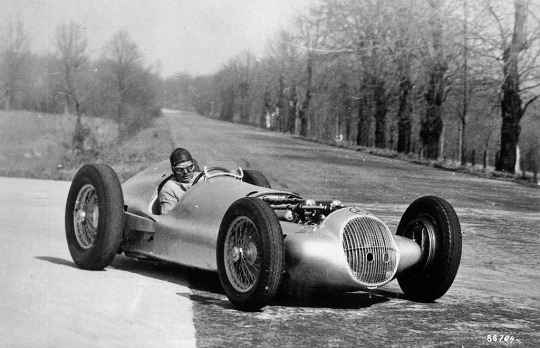
1938 Mercedes-Benz W154
In September 1936, the AIACR (Association Internationale des Automobile Clubs Reconnus), the governing body of motor racing, set the new Grand Prix regulations effective from 1938. Key stipulations included a maximum engine displacement of three liters for supercharged engines and 4.5 liters for naturally aspirated engines, with a minimum car weight ranging from 400 to 850 kilograms, depending on engine size.
By the end of the 1937 season, Mercedes-Benz engineers were already hard at work developing the new W154, exploring various ideas, including a naturally aspirated engine with a W24 configuration, a rear-mounted engine, direct fuel injection, and fully streamlined bodies. Ultimately, due to heat management considerations, they opted for an in-house developed 60-degree V12 engine designed by Albert Heess. This engine mirrored the displacement characteristics of the 1924 supercharged two-liter M 2 L 8 engine, with each of its 12 cylinders displacing 250 cc. Using glycol as a coolant allowed temperatures to reach up to 125°C. The engine featured four overhead camshafts operating 48 valves via forked rocker arms, with three cylinders combined under welded coolant jackets, and non-removable heads. It had a high-capacity lubrication system, circulating 100 liters of oil per minute, and initially utilized two single-stage superchargers, later replaced by a more efficient two-stage supercharger in 1939.
The first prototype engine ran on the test bench in January 1938, and by February 7, it had achieved a nearly trouble-free test run, producing 427 hp (314 kW) at 8,000 rpm. During the first half of the season, drivers such as Caracciola, Lang, von Brauchitsch, and Seaman had access to 430 hp (316 kW), which later increased to over 468 hp (344 kW). At the Reims circuit, Hermann Lang's W154 was equipped with the most powerful version, delivering 474 hp (349 kW) and reaching 283 km/h (176 mph) on the straights. Notably, the W154 was the first Mercedes-Benz racing car to feature a five-speed gearbox.
Max Wagner, tasked with designing the suspension, had an easier job than his counterparts working on the engine. He retained much of the advanced chassis architecture from the previous year's W125 but enhanced the torsional rigidity of the frame by 30 percent. The V12 engine was mounted low and at an angle, with the carburetor air intakes extending through the expanded radiator grille.
The driver sat to the right of the propeller shaft, and the W154's sleek body sat close to the ground, lower than the tops of its tires. This design gave the car a dynamic appearance and a low center of gravity. Both Manfred von Brauchitsch and Richard Seaman, whose technical insights were highly valued by Chief Engineer Rudolf Uhlenhaut, praised the car's excellent handling.
The W154 became the most successful Silver Arrow of its era. Rudolf Caracciola secured the 1938 European Championship title (as the World Championship did not yet exist), and the W154 won three of the four Grand Prix races that counted towards the championship.
To ensure proper weight distribution, a saddle tank was installed above the driver's legs. In 1939, the addition of a two-stage supercharger boosted the V12 engine, now named the M163, to 483 hp (355 kW) at 7,800 rpm. Despite the AIACR's efforts to curb the speed of Grand Prix cars, the new three-liter formula cars matched the lap times of the 1937 750-kg formula cars, demonstrating that their attempt was largely unsuccessful. Over the winter of 1938-39, the W154 saw several refinements, including a higher cowl line around the cockpit for improved driver safety and a small, streamlined instrument panel mounted to the saddle tank. As per Uhlenhaut’s philosophy, only essential information was displayed, centered around a large tachometer flanked by water and oil temperature gauges, ensuring the driver wasn't overwhelmed by unnecessary data.
97 notes
·
View notes
Text


the fall of the rebel angels
from a manuscript of the weltchronik by rudolf von ems, illuminated by the workshop of diebold lauber, alsace, c. 1459
source: Colmar, Bibliothèque municipale, Ms. 428 (305), fol. 10r
#15th century#weltchronik#rudolf von ems#diebold lauber#fall of the rebel angels#satan#hellmouth#clouds#gastrocephalic demons#medieval art
545 notes
·
View notes
Text

Femme berbère de profil / Berber woman in profile, Rudolf Lehnert & Ernst Landrock, c. 1910, Tunisia.
#1910s#women#tunisia#lehnert & landrock#rudolf lehnert#ernst landrock#old photography#early 20th century#antique#tunisienne#photography#b&w#vintage#old photos#photographers#africa#black and white#b&w photography#vintage photography#vintage photos#old photo
121 notes
·
View notes
Photo
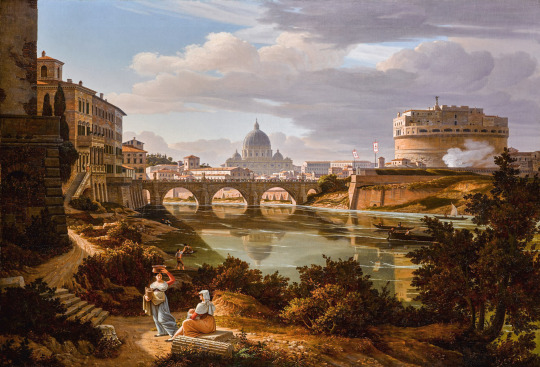
Rome, a view of the river Tiber looking south with the Castel Sant'Angelo and Saint Peter's Basilica beyond, c. 1834. Rudolf Wiegman (German, 1804–1865) Oil on Canvas, 68.3 x 99 cm
#Rome a view of the river Tiber looking south with the Castel Sant'Angelo and Saint Peter's Basilica beyond#Rome#Italy#Italia#Rudolf Wiegman#German artist#veduta#architecture#artedit
425 notes
·
View notes
